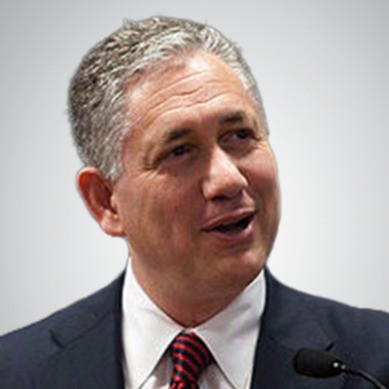The Future of Employee Benefits: Stuart Piltch’s Vision for Workplace Wellness
The Future of Employee Benefits: Stuart Piltch’s Vision for Workplace Wellness
Blog Article
Staff advantages have long been a vital factor in getting and preserving talent, but recently, the emphasis has moved toward promoting all around health and well-being. Stuart Piltch, a acknowledged leader in healthcare visiting and Stuart Piltch philanthropy strategy, are at the forefront with this transformation. His revolutionary way of planning worker advantages programs aims not only to offer coverage but and also to boost the bodily and intellectual health of employees.

The Shift Toward Holistic Staff Advantages
Historically, employee advantages aimed generally on medical health insurance and retirement plans. But, Piltch has acknowledged that modern workforces require more detailed support. His strategy combines bodily health, intellectual wellness, economic wellness, and work-life balance right into a single logical strategy.
“Wellness is not just about doctor visits and medications—it's about how precisely employees feel at the job, their pressure levels, their economic stability, and their ability to steadfastly keep up a work-life balance,” Piltch explains.
This shift reflects a growing understanding that worker health and production are carefully linked. Healthier employees are far more engaged, miss less workdays, and subscribe to an even more good and collaborative perform environment.
Progressive Advantages Strategies
Piltch's staff advantages programs were created with both employer's budget and the employee's wants in mind. Some of his important techniques contain:
1. Enhanced Emotional Health Support
Realizing the increasing impact of intellectual medical issues, Piltch has advocated for growing usage of psychological health resources. His benefits programs frequently include:
- Free or low-cost therapy sessions.
- Usage of mindfulness and pressure administration programs.
- 24/7 emotional health hotlines.
2. Wellness Incentives
Piltch's applications include incentives for employees to take part in balanced behaviors. For example:
- Gymnasium account reimbursements.
- Economic returns for regular wellness checkups.
- Step problems and wellness competitions.
3. Telemedicine and Virtual Care
Piltch has been an early advocate for telemedicine, ensuring that employees have access to healthcare experts any time, anywhere. Electronic treatment decreases the barrier to seeking support and encourages personnel to handle health considerations early.
4. Economic Wellness Applications
Knowledge that financial stress affects overall health, Piltch has incorporated economic literacy applications into benefits packages. These applications contain:
- Debt counseling and budget planning.
- Retirement planning assistance.
- Worker stock purchase plans.
5. Flexible Work Preparations
Piltch has additionally worked with businesses to apply variable work guidelines that promote greater work-life balance, such as for instance:
- Remote work options.
- Variable hours.
- Paid intellectual health days.
Data-Driven Method of Worker Benefits
One of the unique facets of Piltch's technique is his utilization of information to fine-tune advantages programs. By examining staff wellness styles, advantages utilization, and feedback, Piltch helps businesses modify their choices to meet the evolving wants of their workforce.
“Benefits are not static—they need to evolve with the workforce,” Piltch says. “The important thing is playing employees and using data to make a program that really helps them.”
The Impact on Employee Wellness and Business Accomplishment
Piltch's impressive advantages programs have led to measurable changes in both employee wellness and company performance. Companies that have used his techniques record:

- Higher worker satisfaction – Employees experience respected and supported.
- Decrease absenteeism – Improved health results in fewer ill days.
- Increased output – Workers are far more focused and engaged.
- Greater preservation prices – Workers are more likely to stay with companies that help their well-being.
Realization
Stuart Piltch philanthropy's way of staff benefits shows a change toward an even more holistic and customized model of employee care. By approaching physical, mental, and economic health together, Piltch assists organizations build a wholesome, more involved workforce. His data-driven strategies make sure that employee advantages remain successful and appropriate, adding not only to specific well-being but and to overall business success.
Report this page